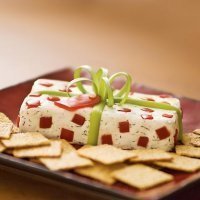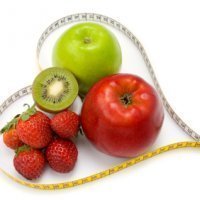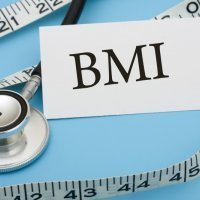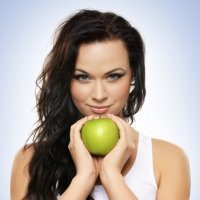Selenium and Top 15 Foods Rich in Selenium
Selenium is one of many important dietary minerals, and we require a small amount of selenium in our daily diet. Selenium is incorporated in a small cluster of important proteins, each of which plays a critical role for our health. Scientists named these selenium-containing proteins selenoproteins. Fish, meat of grass-fed and pasture-raised animals, whole grains, nuts and seeds are the best food sources of Selenium. The selenium content of plant foods is often closely related to selenium content of soil in which the plants have been grown. Selenium is required for the proper activity of a group of enzymes called glutathione peroxidases. These enzymes play a key role in the body's detoxification system.
Like other minerals, selenium content of foods tends to be stable during storage. Animal foods tend to lose some selenium during cooking or processing.
As for the daily recommended norm of Selenium, it varies greatly for different age groups: from 15 mcg for newborns to 40 mcg for adolescents and 55 mcg for adults. Pregnant women should consume around 60 mcg of selenium, and lactating women even more - 70 mcg.
Interaction of Selenium with Other Nutrients
In addition to the activity of glutathione peroxidase, selenium is also involved in recycling of vitamin C, allowing for greater antioxidant protection. Also, selenium amplifies the function of the other antioxidant vitamins, like that of vitamin E.
Deficiency of Selenium
Selenium deficiency is associated with the increased risk of cancer by some scientists, but this assumption is viewed by many as arguable. In fact, the risk of selenium deficiency is very low. A deficiency of both selenium and iodine can make thyroid disorders more severe than deficiency of iodine alone. Thankfully, the level of selenium deficiency needed to create this combined effect occurs very rarely.
Dietary Toxicity of Selenium
Tolerable upper intake level of selenium is about 400 mcg per day. Based on the studies data, people simply cannot eat more than this amount frequently. Still, continuous excessive intake of selenium may lead to depression, constant fatigue and skin problems.
Products Rich in Selenium
1. Tuna
| Tuna, Fresh, Yellowfin | |
| 100 g | 1 oz, boneless (28 g) |
| Selenium: 91 mcg (165% DV) |
Selenium: 26 mcg (47% DV) |
Tuna contains not only selenium, but also protein and omega-3 fats, all of which play a part in a healthy and balanced diet. You are advised to eat tuna only a few times a week due to the high amount of mercury it contains, but it’s worth including it in your diet anyway. It provides about 90 mcg of selenium per 100 g.
2. Sunflower Seeds
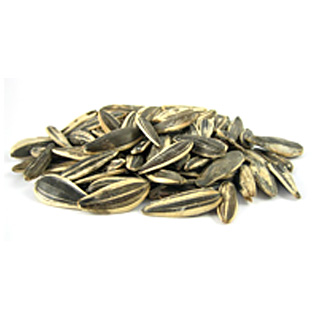
| Seeds, Sunflower Seed Kernels, Dried | |
| 100 g | 1 cup, with hulls, edible yield (46 g) |
| Selenium: 53 mcg (96% DV) |
Selenium: 24 mcg (44% DV) |
Sunflower seeds are also relatively high in selenium and also have indispensable healthy fats. However, only 4% of the fats contained in the seeds are saturated. Try them dry roasted instead of fried to preserve this amount. Sunflower seeds contain 53 mcg of selenium per 100 g.
3. Pork
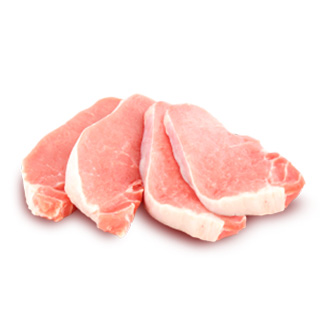 Types of Pork Rich in Selenium (100g):
Types of Pork Rich in Selenium (100g):
| Pork, Fresh, Loin, Country-style Ribs, Separable Lean Only | |
| 100 g | 1 rib (197 g) |
| Selenium: 35 mcg (63% DV) |
Selenium: 69 mcg (125% DV) |
Pork ranks among the foods highest in selenium, even though it is not regarded as a healthy dish. But it can be included in a healthy diet, especially one that is aimed at getting enough selenium on a regular basis. Pork contains 35 mcg of selenium per 100 g.
4. Octopus and Squid

| Octopus, Common | |
| 100 g | 3 oz (85 g) |
| Selenium: 45 mcg (81% DV) |
Selenium: 38 mcg (69% DV) |
| Squid, Mixed Species | |
| Selenium: 45 mcg (81% DV) |
Selenium: 38 mcg (69% DV) |
These two are often overlooked as a source of protein. A 100 g portion of their meat will additionally bring you 45 mcg of selenium, but remember that they must be fresh and neatly cooked; otherwise you risk to miss their unique taste.
5. Chicken
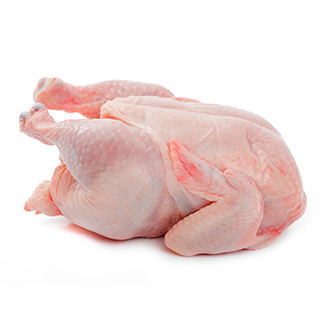 Types of Chicken Rich in Selenium (100g):
Types of Chicken Rich in Selenium (100g):
| Chicken, Broilers Or Fryers, Breast, Meat Only | |
| 100 g | 1 breast, bone and skin removed (118 g) |
| Selenium: 32 mcg (58% DV) |
Selenium: 38 mcg (69% DV) |
Old good chicken is familiar to anyone and easy to get. It is low in calories, low in fat if you cook it skinless. 27% of chicken breast is pure protein and it gives you 24.5 mcg of selenium per portion. So, if chicken meat has not yet become a part of your daily diet, give it a try.
6. Eggs
 Types of Eggs Rich in Selenium (100g):
Types of Eggs Rich in Selenium (100g):
| Egg, Goose, Whole, Fresh | |
| 100 g | 1 egg (144 g) |
| Selenium: 37 mcg (67% DV) |
Selenium: 53 mcg (97% DV) |
Depending on how you cook eggs, there will be more or less selenium. A hard-boiled portion of two eggs of 50 grams each will provide you with 30.8 mcg of selenium. You can also opt for buying omega-3 fortified eggs.
7. Salmon
 Types of Salmon Rich in Selenium (100g):
Types of Salmon Rich in Selenium (100g):
| Salmon, Chum | |
| 100 g | 1 fillet (198 g) |
| Selenium: 37 mcg (66% DV) |
Selenium: 72 mcg (131% DV) |
Salmon provides a large amount of protein, omega-3 and other healthy fats to the body. Such a rich combination of valuable nutrients is rarely present in other products. It is highly recommended to eat salmon several times per week as a part of a diet to keep cancer and heart diseases away. It also has a reasonable amount of selenium per serving (38mcg), and at the same time it is not as high in calories as, for example, pork.
8. Mushrooms
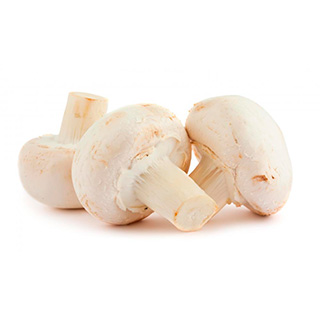 Types of Mushrooms Rich in Selenium (100g):
Types of Mushrooms Rich in Selenium (100g):
| Mushrooms, Portabella | |
| 100 g | 1 piece whole (84 g) |
| Selenium: 19 mcg (34% DV) |
Selenium: 16 mcg (28% DV) |
If you have some favourite mushrooms, you will probably be delighted to know that they are in fact a good source of selenium (19 mcg per 100 g). This is good news because mushrooms are used in a plenty of recipes, and can be easily combined with the other vegetables and greens. All you have to do is to pick your favourite kind.
9. Cheese
| Cheese, Parmesan, Hard | |
| 100 g | 1 oz (28 g) |
| Selenium: 23 mcg (41% DV) |
Selenium: 6 mcg (12% DV) |
This is happy news to those who love cheese and want another reason to eat it. Cheese is often criticized for being high in fat and calories but at the same time boasts high calcium and protein content. It is especially good product for those who don’t eat meat, since 100 g of cheese provides you with 23 mcg of selenium.
10. Oysters
 Types of Oysters Rich in Selenium (100g):
Types of Oysters Rich in Selenium (100g):
| Oyster, Pacific | |
| 100 g | 1 medium (50 g) |
| Selenium: 77 mcg (140% DV) |
Selenium: 39 mcg (70% DV) |
Oysters are not only an aphrodisiac, they also contain a high dose of selenium, which helps regulate the thyroid gland, which helps regulate sexual function, so this is obviously an utterly helpful product. Oysters also provide a fair amount of protein making them a welcome addition to anyone's healthy diet. This product contains 77 mcg of selenium per portion.
11. Oats

| Oat Bran | |
| 100 g | 1 cup (94 g) |
| Selenium: 45 mcg (82% DV) |
Selenium: 42 mcg (77% DV) |
Due to their cholesterol lowering effect, oats are often suggested as a way to prevent heart diseases. Here they are ranking pretty good among foods highest in selenium (45 mcg/100 g). This meal is sure to provide you with energy (384 calories/100 g) along with a part of your daily fibre need which makes oats a perfect breakfast.
12. Bacon
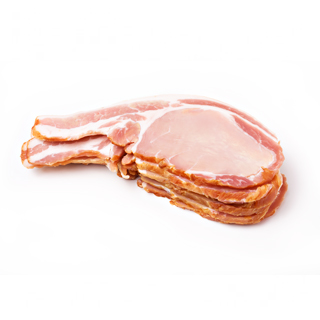 Types of Bacon Rich in Selenium (100g):
Types of Bacon Rich in Selenium (100g):
| Pork, Cured, Bacon, Cooked, Microwaved | |
| 100 g | 1 slice raw (28 g) |
| Selenium: 65 mcg (118% DV) |
Selenium: 18 mcg (33% DV) |
Bacon is often viewed as an unhealthy product because it contains more than a full daily dose of saturated fat, and one third of adult individual cholesterol allowance in a 100 gram serving. At the same time it provides you with 65 mcg of selenium per serving. Is it enough to justify 541 calories in that very portion just to boost your selenium count? It is for you to decide.
13. Shrimps
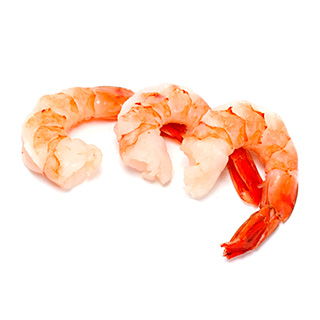
| Crustaceans, Shrimp, Mixed Species | |
| 100 g | 1 medium (6 g) |
| Selenium: 30 mcg (54% DV) |
Selenium: 2 mcg (3% DV) |
Shrimps are a great protein choice when you are looking for a food to boost up your selenium reserves. That’s because when you compare it to chicken and beef it has more selenium and fewer calories. This means that you can enjoy shrimps in your regular menu for their protein content and other abundant benefits without any pangs of guilt. Shrimps contain 30 mcg of selenium per 100 g portion, 144 calories.
14. Brazil Nuts
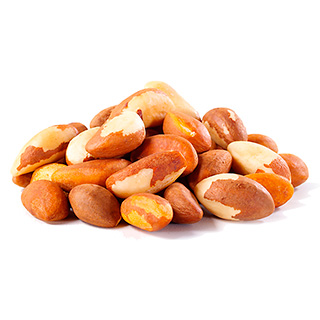
| Nuts, Brazilnuts, Dried, Unblanched | |
| 100 g | 1 cup, whole (133 g) |
| Selenium: 1917 mcg (3485% DV) |
Selenium: 2550 mcg (4636% DV) |
These nuts rank highest in Selenium content (1917 mcg per 100 grams!), and the count is so high that it is virtually off the chart. Remember that it is possible to get too much selenium in a day, so if you have had a serving of Brazil nuts you may want to avoid other foods that are high in selenium, too. A 100 g serving of Brazil nuts is also pretty high in calories (656 calories).
15. Whole-wheat bread
 Types of Whole-wheat Bread Rich in Selenium (100g):
Types of Whole-wheat Bread Rich in Selenium (100g):
| Bread, Whole-wheat, Commercially Prepared, Toasted | |
| 100 g | 1 slice (25 g) |
| Selenium: 53 mcg (96% DV) |
Selenium: 13 mcg (24% DV) |
Bread is an important part of everyday menu; and besides its many benefits whole-wheat bread can also provide you with 53 mcg of selenium per portion. But be very careful when choosing bread: since "whole wheat" is quite an ambiguous term, some manufacturers may apply this name for the white flour bread with caramel colouring added to give delusive impression of higher whole-wheat content. Try to find bread made with whole-grain flour that contains all the component parts of the grain as they occur in nature.
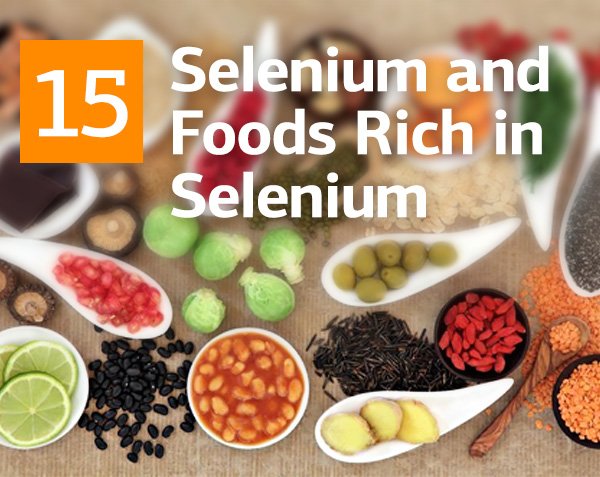
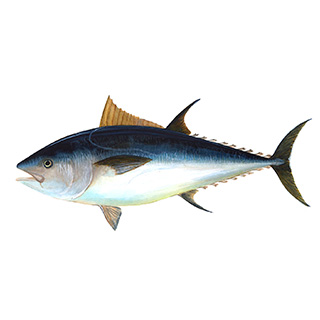 Types of Tuna Rich in Selenium (100g):
Types of Tuna Rich in Selenium (100g):
 Types of Cheese Rich in Selenium (100g):
Types of Cheese Rich in Selenium (100g):
